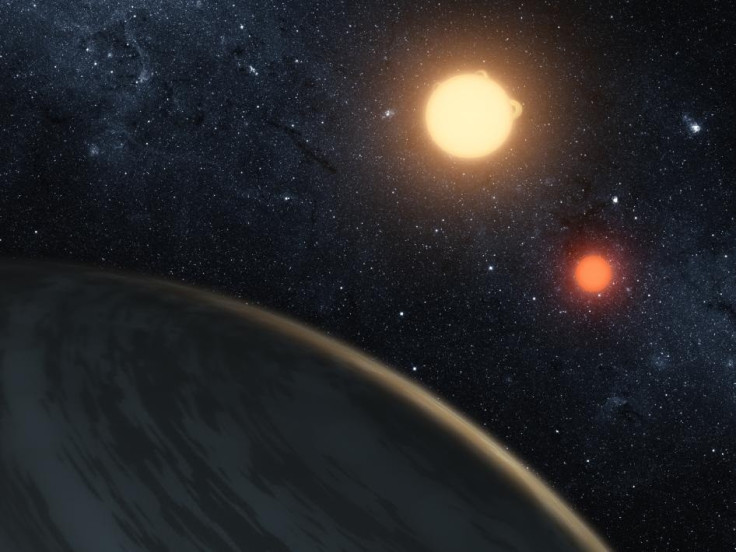Planet Orbiting Two Suns Indicates Possibility of Alien Life in the Milky Way

NASA's Kepler space probe has reportedly discovered the first ever planet orbiting two suns, lying a mere 200 light-years from Earth.
Like the Star Wars film franchise's iconic Tatooine, the newly discovered circumbinary planet reportedly enjoys a sunrise with two suns. Though unlike the fictional home of Luke Skywalker the newly discovered planet is cold, gaseous and believed incapable of harboring life.
Officially designated the Kepler-16b, the planet was discovered by the Kepler space probe when it observed "transits, where the brightness of a parent star dims from the planet crossing in front of it." The planet is reportedly similar in size and mass to Jupiter, orbiting its two suns from 65 million miles away every 229 days.
Despite the space agency's belief that Kepler-16b itself is incapable of supporting life, scientists at NASA have indicated a belief that the planet's discovery supports the theory that there may be alien life within the Earth's home galaxy.
"This discovery confirms a new class of planetary systems that could harbor life," commented Kepler principal investigator, William Borucki. "Given that most stars in our galaxy are part of a binary system, this means the opportunities for life are much broader than if planets form only around single stars. This milestone discovery confirms a theory that scientists have had for decades but could not prove until now."
The planet was discovered as a part of the Kepler's ongoing mission to search the Earth's section of the Milky Way galaxy for planets in the so-called "habitable zone." The "habitable zone" refers to regions in space where planets are not too close and not too far away from the stars they orbit to house the necessary elements and conditions for life.
© Copyright IBTimes 2025. All rights reserved.



















